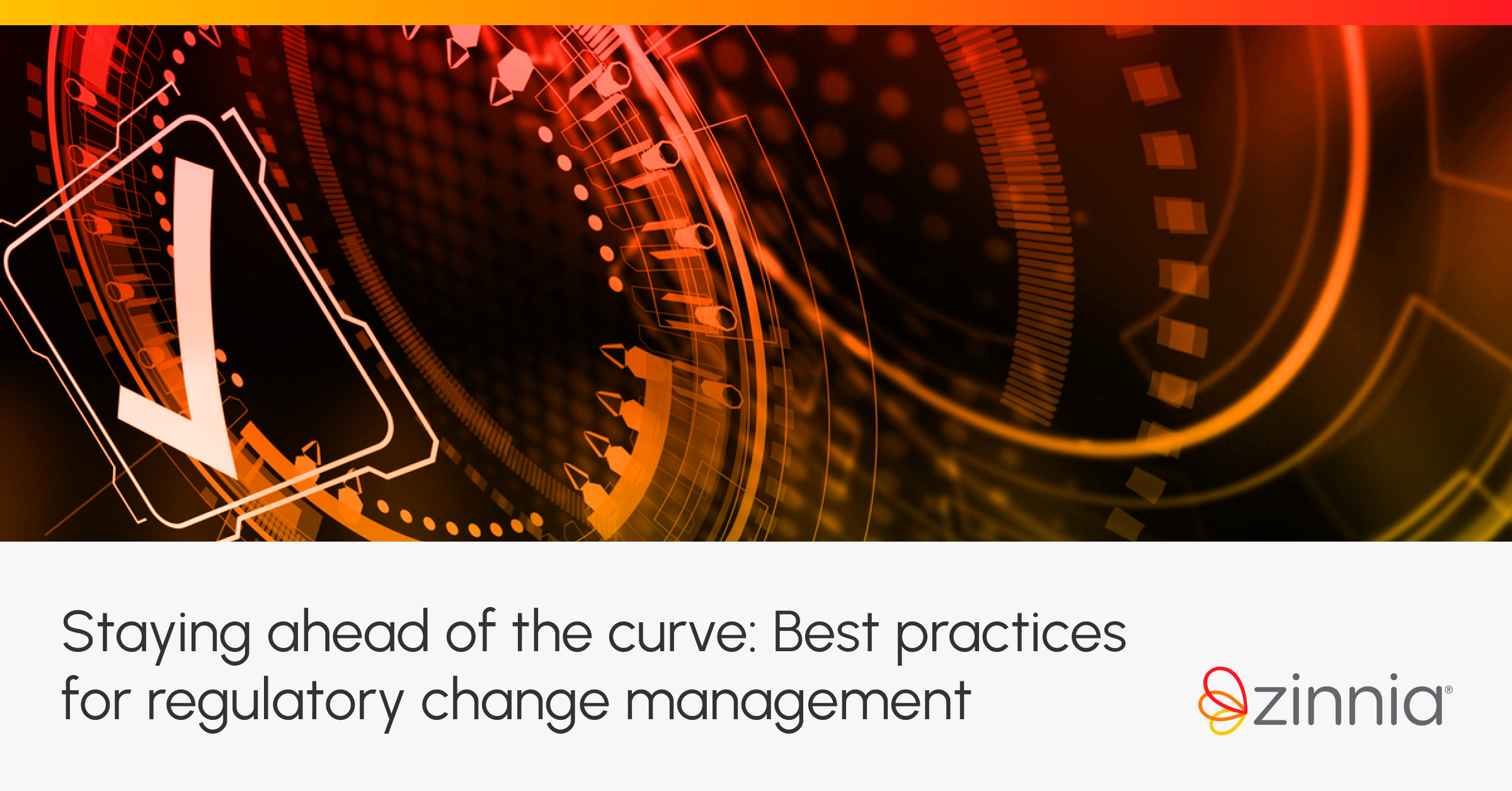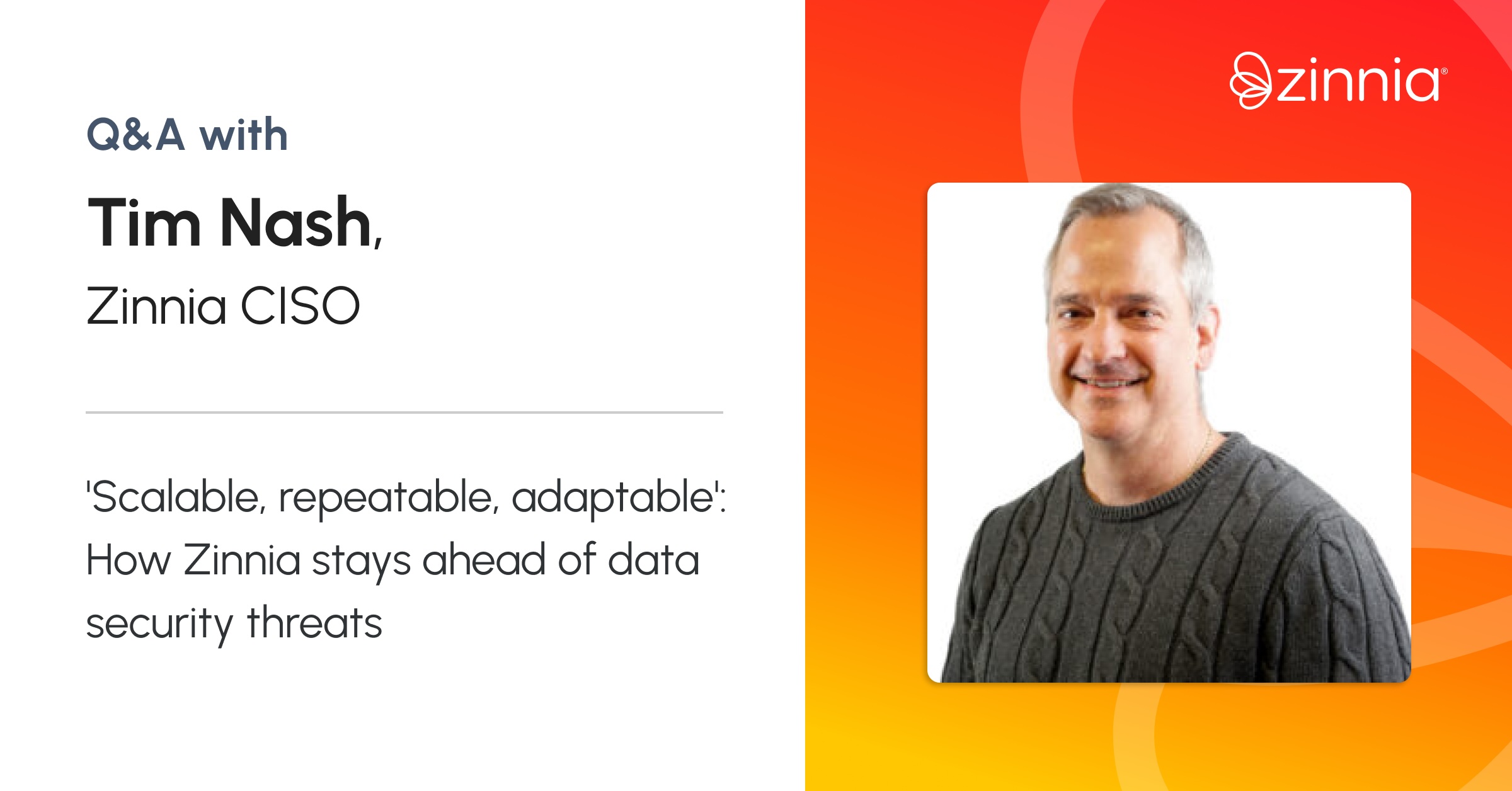In its annual “Individual Life Insurance Study” for 2022, consumer insights leader J.D. Power concludes that these long-term products have a customer service, experience, and engagement problem:
“It’s clear from our data that insurers are struggling to maintain regular contact with customers and to reinforce a unique value proposition during the length of the relationship. That not only limits potential future sales opportunities, but also exposes incumbents to competitive threat from insurtech start-ups that are leveraging digital to deliver a more multi-channel approach to client engagement that is resonating with customers.”
–Robert M. Lajdziak, director, global insurance intelligence at J.D. Power
Key findings in the report include:
- “Customer satisfaction sinks.” Led by declining interaction with advisors, call centers, and company websites, customer satisfaction with individual life insurance decreased in 2022.
- Digital interaction is preferred, but “advisor contact still matters.” Customers that have used at least one digital channel to interact with their insurers in the past three years are more satisfied than customers who have not used a digital channel (approximately 49% of those surveyed).
- “Lack of brand differentiation” is a competitive challenge. The study found that, “More than half (55%) of life insurance customers rate the brand reputation of their own insurer equally with other insurers in the marketplace. When it comes to insurtech brands, however, customers are more likely to view these companies as unique, innovative and affordable.”
There is certainly a lot to unpack in this report, but at a high level it’s clear that the overall customer experience of insurance, including ongoing engagement and loyalty, is ripe for improvement.
The Importance of Customer Experience in Insurance
In its 2022 “State of the Connected Customer” report, Salesforce reports that “Nearly 90% Of Buyers Say Experience a Company Provides Matters as Much as Products or Services.”
Insurance is no exception. Customers have more options than ever before, so if they aren’t satisfied, they’ll find another provider. And, chances are, they will find another provider using digital channels, among others. This begs the question, “does your insurance company offer an exceptional digital customer experience?”
Likewise, industry data has repeatedly shown that the cost of customer acquisition is much higher than the cost of retention. Ongoing insurance customer satisfaction is key, yet many insurers struggle to keep customers engaged.
There are many reasons that insurance customer experience and engagement lag when compared to other consumer products and services. That said, the industry needs solutions – not excuses. It’s never been more important to understand your customers on a granular level, and to deliver a seamless and personalized customer experience from end-to-end.
How to Improve Customer Experience in Insurance
It’s no secret that companies like Amazon and Google have set a high standard for customer experience using data to quickly deliver personalized products and services. And while insurance companies are great at using data to assess risk, many still struggle to use their enormous troves of data to deliver exceptional digital experiences.
A massive digital transformation and transition is already underway with insurance providers moving from a reactive product-centric approach to a more proactive consumer-first approach. At the same time, most insurers are at different levels of digital maturity, and there is no one-size-fits-all solution. With this in mind, we’ve identified the top 5 things insurance companies can do to improve the customer experience:
5 Tips for Improving Customer Experience in Insurance
- Understand the Customer Journey: Today, consumers are increasingly conducting research, developing shortlists, and purchasing insurance products online. This means the online customer experience needs to be easy to understand and navigate, to include options for getting questions answered quickly (online and off), and to establish trust.
It’s a hybrid or omnichannel approach, enabling advisors and customers to have seamless conversations across channels and at every step of the buyer’s journey. And it doesn’t end when a policy is issued or claim processed. Ongoing touchpoints between carriers, advisors, and customers, including value-added, personalized services, ensure your brand remains top of mind when insurance needs change.
- Put Data to Work: Insurers gather customer data to process applications and evaluate risk; the next step is using data to improve the customer experience. For example, any information that is already known should be prefilled so that customers don’t have to enter the same information more than once. Digital questionnaires and applications should be reflexive, so customers don’t have to answer questions that are not relevant to their unique situation.
More importantly, insurance companies can use data to create more personalized products and services. In particular, using third-party and behavioral data can help you build a more complete view of your customers and understanding of their needs over time.
- Digitize Business Processes and Workflows: Mapping processes and workflows is key to identifying opportunities to automate and use artificial intelligence (AI) to both reduce costs and improve the customer experience when appropriate. In addition to cost savings and speed, automation and AI also improves accuracy – eliminating errors that result from manual business processes.
- Make it Personal: Generic products and experiences simply don’t cut it anymore. Modern consumer expectations include a high degree of personalization from the first interaction with your business. Quoting tools and customized policy recommendations are just the tip of the spear; it’s also imperative to make relevant information easily available online, to personalize communications across channels, and to offer value-added services such as health and wellness benefits after the sale. Innovative insurers are also creating bespoke products in near real time, a trend that is sure to increase dramatically over the next several years.
- Prioritize Customer Lifetime Value: Understanding that it is more cost-effective to keep a customer happy than it is to acquire a net new customer, insurers can’t disappear once a policy is issued. In competitive markets, where consumers have seemingly endless choices, brand loyalty and trust are earned over time. Having a strategy for ongoing engagement is no longer a ‘nice to have.’
Building Customer Connection & Loyalty with Zinnia
Helping our customers deliver exceptional insurance experiences is at the heart of everything we do at Zinnia. We’re reducing the complexity of the insurance experience so it’s more accessible to the modern consumer.
Using our digital insurance solutions, carriers give consumers what they want, when and how they want it – from lead to policy, claim, and ongoing engagement. Zinnia insurance customer experience platforms include:
Zinnia Hybrid Origination
Delivering an exceptional buying experience for consumers, advisors, and carriers has never been easier. With Zinnia Hybrid Origination, carriers improve conversion, placement, and, ultimately, accelerate sales. Advisors get a 360-degree view of application progress so they can support leads from prospect to customer. Consumers get the modern buying experience that meets them when and where they are.
The Hybrid Origination platform addresses the end-to-end buying lifecycle from lead to in force policy thanks to an innovative suite of digital tools:
- Quote & Needs Analysis: on the front end, potential insurance buyers can get product recommendations tailored to their specific needs including single, multi-product, or multi-insured quotes. When a quote is selected, it is then converted into the E-app, so the customer doesn’t need to re-enter information.
- Advisor Tools: advisors can easily create customized landing pages for lead generation that enable them to track progress, engage directly with prospects, and identify potential upsell and cross sell opportunities.
- E-app: Zinnia Hybrid Origination includes a sophisticated e-app to streamline and accelerate the application process. Customers can start, edit, and complete life insurance applications with advisor support or on their own – including payment options and eSignatures.
- Data Dashboard: all data collected and third-party data sources are secure and compliant with privacy and governance laws and regulations. State-of-the-art marketing analytics deliver insights into segmentation, conversion, funnel optimizations and more.
But the relationship between customers and carriers doesn’t stop here. Zinnia Engagement & Loyalty is the leading SaaS engagement product in the life and annuity market, purpose built to deepen the relationship between insurers and customers, build brand awareness, and grow business.
Zinnia Engagement & Loyalty
At Zinnia, we take a Dual Lens approach that elevates the policyholder experience while also impacting the key metrics carriers need. Zinnia Engagement & Loyalty is designed to deliver measurable ROI for carriers by first providing frequent valuable and engaging experiences to policyholders.
The Policyholder Lens: Through our research we have found that a holistic approach to customer engagement offers greater appeal and helps build deeper connections with customers. Our extensive library of content and classes focuses on financial, physical, and emotional wellbeing to fit the needs of all types of customers at different phases of their lives. Built on positive psychology and behavioral science, our content helps consumers create real change and behavior modifications. And by creating highly appealing, gamified user experiences, carriers begin to see repeat visits from customers and build more personal and positive relationships with their customers over time.
The Insurer Lens: On the other side of the lens, these engagement-driven interactions are the foundation for improved carrier metrics. Over time this brings opportunities not only for increased customer retention, but it also drives lead generation, cross-sell and upsell results. With our dual lens approach, carriers can build their engagement strategy around how their customers best respond. The personal relationship that’s built with the consumer helps the insurer recognize trends and learn more about their customers by identifying key events in their lives based on their content interactions. This leads to a better understanding of the type of insurance coverage they may need and allows the carrier to reduce risk and provide the right coverage to each of their customers.
Conclusion
Providing a great customer experience in the insurance sector is crucial for customer satisfaction and retention. It starts with a thorough understanding of your customers, of what they expect today and what they may need in the future. Meeting your customers at the right time, using the right channels, with a personalized message or content – especially after the sale – is key to improving customer satisfaction, brand loyalty, and revenue growth.
If you are looking to enhance your customer experience, contact us today to learn more about Zinnia digital insurance solutions and how we can help you provide the modern consumer experience your customers are expecting.




